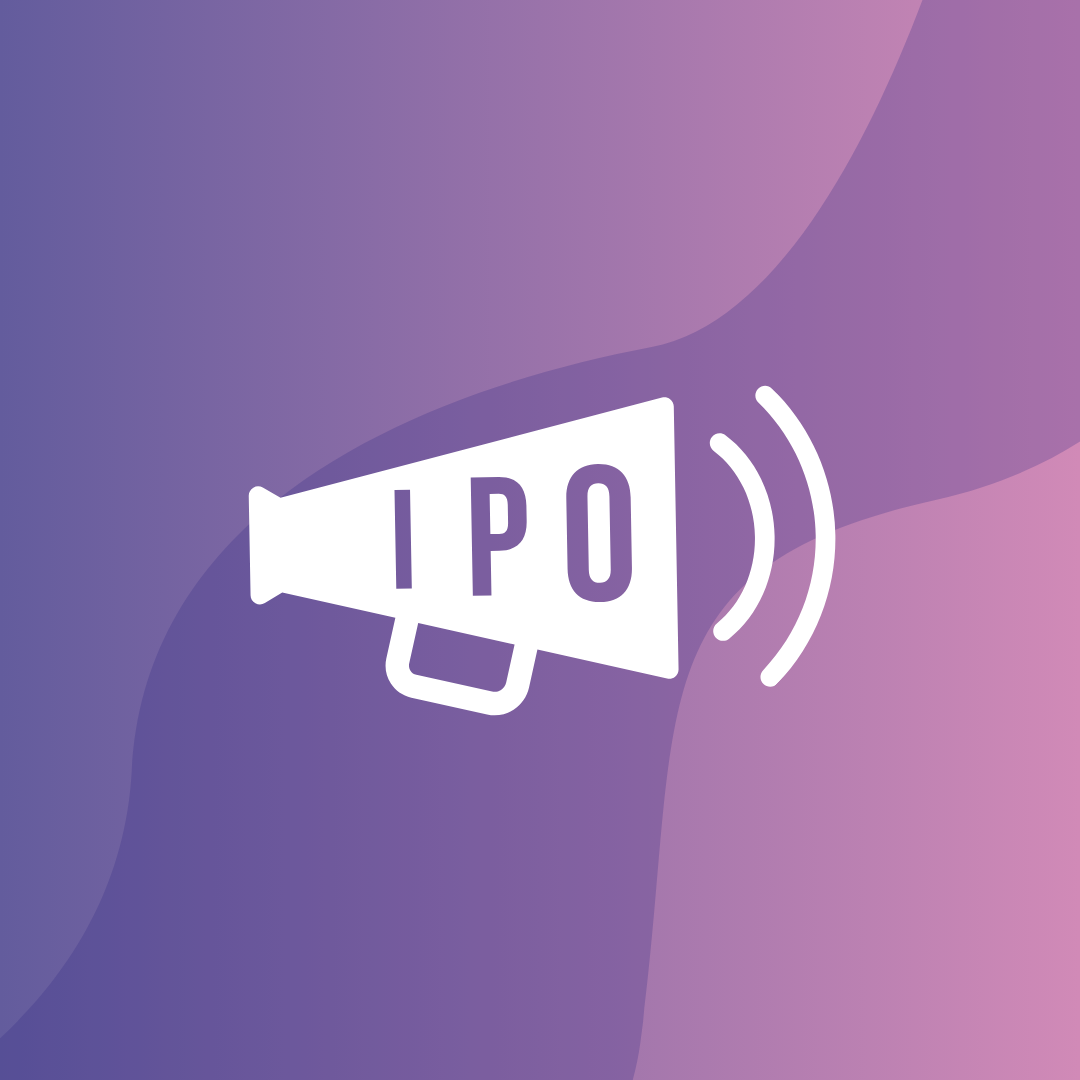Wall Street hasn’t seen a debut like this in years. In just hours on July 31, Figma’s stock skyrocketed 250%, minting billionaires and reigniting the IPO market’s heartbeat after a long drought.
Figma’s IPO just rewrote the record books and the bank balances of early backers. Index Ventures and Greylock Partners walked away with about $7B each, founders and employees cashed in big, and Adobe’s failed $20 billion takeover attempt is now a footnote in tech history.
Beyond the headlines, this is a masterclass in early-stage investing and a preview of the next wave of IPOs the market is watching.
A Record-Breaking IPO That Shook the Market
In one trading day, the cloud-based design platform’s valuation rocketed from $18B to more than $60B, turning early venture bets into multi-billion-dollar fortunes and sparking fresh debate over IPO pricing strategy.
Figma, used by 95% of Fortune 500 companies, priced its shares at $33. It opened at $85 and closed at $115.50, delivering a staggering 250% first-day pop. That surge, driven by a small float of just 36.9 million shares—about 6% of the company—was fueled by intense demand.
Was this a mispriced IPO that left billions on the table, or a calculated move to create momentum? According to Figma’s filing, only a small portion of shares were sold at the IPO price of $33; the remaining 94% of Figma’s equity instantly gained tens of billions in paper value.
Figma’s breakout wasn’t driven by fundamentals alone; it also tapped into a wave of investor psychology that often fuels outsized pops. Jai Das, president and partner at Sapphire Ventures, told TechCrunch: “This is a little bit of a meme stock.”
He noted that the Figma IPO was 40× oversubscribed, and while the company’s financials are strong, much of the surge came from “human behavior… what people know, what people talk about.”
How Early Investors Walked Away with Billions
The VC returns from Figma are among the largest in recent IPO history. Index Ventures, the largest shareholder, invested only $1.8M at the seed stage, but over time committed nearly $100M. At the IPO price, its stake was worth $2.17B. By the end of day one, that ballooned to $7.23B, excluding shares sold during the offering.
Greylock Partners, Figma’s Series A lead in 2015, invested about $50M at $0.20 per share. At the IPO, the stake was worth $2.03B. By market close, Greylock’s stake climbed to $6.75B.
Kleiner Perkins invested $90M in the Series B at $0.33 per share. At IPO pricing, its stake was worth $1.82B and rose to $6.05B by day’s end. Sequoia Capital, the Series C lead, invested $150M; its stake jumped from $1.13B at pricing to $3.75B post-pop.
Other big winners include Andreessen Horowitz and Durable Capital Partners, which led later funding rounds at $2B and $10B valuations, respectively. In total, Figma raised over $300M as a private company, according to PitchBook data.
In a Financial Post report, Danny Rimer of Index Ventures, who led the seed round in 2013 at $0.09 per share, credited co-founder Dylan Field’s vision: “design is the most important determinant of many consumer-facing tech businesses.” Field himself owned an 11% stake in Figma, also netting billions.
The Figma IPO proves that late-stage VC bets can deliver extraordinary returns, even in a cautious market. If you’re a founder or investor looking to back high-potential startups, schedule a call with our expert, and we’ll help you set up SPVs that give you the flexibility and access you need to capture these opportunities.
Lessons for Investors
- For founders: Maintain strong fundamentals and market visibility, and be ready to seize opportunities when macro conditions align.
- For investors: Late-stage investments in high-quality companies can still deliver outsized returns if they are timed and structured effectively.
- IPO structure matters: The Figma IPO showed how float size, pricing, and demand quality can shape market outcomes. Unlike most IPOs that focus on raising capital for the business, Figma’s offering was heavily weighted toward insider liquidity.
- Limited supply fuels demand: This structure, combined with a restricted float, amplified first-day gains but also sparked debate about “leaving money on the table.”
- Founder control remains strong: Dylan Field’s $60 million cash-out was modest compared to his paper gains. His supervoting shares ensure he retains effective control of the company, mirroring governance structures seen at Meta, Snap, and Google.
- Public in name, founder-led in practice: Despite going public, Figma maintains founder-led decision-making and strategic direction.
The Ripple Effect: Who’s Next?
Figma’s breakout has already sparked IPO talk across sectors. HeartFlow, a med-tech company, filed an S-1 days later. Chime went public with a 37% pop.
Market analysts point to Canva as the next big candidate in a tech IPO. “After looking at Figma, holy crap; Canva’s going to try to IPO as soon as possible,” said Felix Wang of Hedgeye Risk Management.
According to author Christopher Nguyen, only 18 venture-backed startups went public through June 2025. If Figma’s debut is the turning point, founders and VCs may start engineering offerings that generate both liquidity and market buzz—even if it means more money “left on the table.”
Final Thoughts
The Figma IPO will be remembered not just for its immediate valuation surge but for the strategic implications it carries for the tech IPO pipeline. It has been shown that with the right mix of product leadership, investor anticipation, and market timing, even a cautious capital environment can deliver spectacular exits.
Looking to structure your next capital raise for maximum impact? Book a call with us or get in touch with us at info@auptimate.com, and one of our experts will be more than happy to help.



